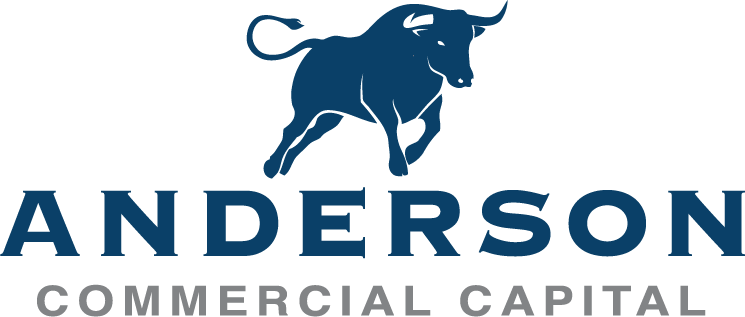3 Questions To Ask Before Investing in a Flip
Understanding the facts that are unique to each deal is the key to making real estate investment work for you. That means you need to know the details of each property and local market you work with, as well as the analytical methods used to screen out investments that are likely to go bust. You also need to know how to use fix and flip loans to fund projects so you can control your risk.
How Much Will the Improvements Cost?
To calculate whether you’ll have room for profit in a deal, you need to know how much it will cost to bring the property from its current state to the turnkey-ready state you need when you’re trying to maximize the sale value. That means you need to familiarize yourself with the out-the-door costs of key improvements that are common, like bathroom remodels.
Having a process set up where you can consult a trusted contractor and build supply inventories will let you get to the details needed as a beginner, and as you become more experienced you will gain the insight needed to estimate those costs more easily.
Can You Finance the Purchase Price?
Fix and flip loans are a little different from other real estate loans that offer similar terms and interest rates because they are designed to suit your needs when investing in this niche. That means they offer higher LTVs than cash-out financing with bridge loans, and in some cases, you might even find lenders who will finance the entire purchase price, leaving you to fund the interest payments and improvements without committing the majority of your capital to a single project.
If the deal goes south, you can walk away with only the sunk costs involved in loan payments and construction. Compare that to losing the capital you would commit with a cash purchase and you can appreciate the risk reduction easily.
How Far Apart Are Your Costs and Sale Price?
When you add up the cost of the property, which will still be taken out of the sale price to pay off a loan, with the cost of improvements, you need to come out to a number that is at least 30% lower than your estimated sale price. If that’s not the case, it’s a good idea to walk away from the deal because you could easily lose your entire profit margin from a couple routine setbacks. Keeping the wide margin means being able to pull some returns from the situation even when plans do not work out as you originally envisioned, and that’s how you make money at this.

